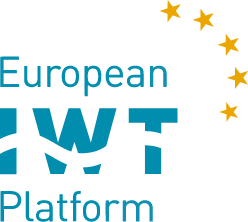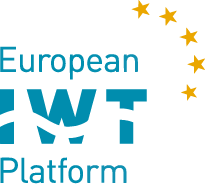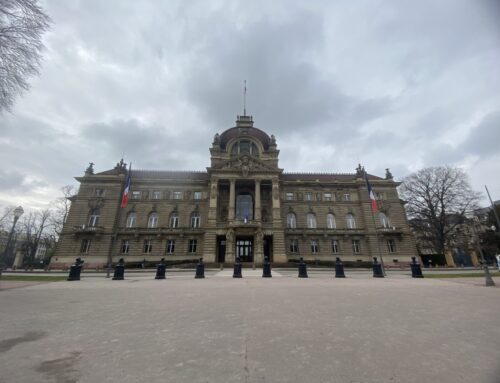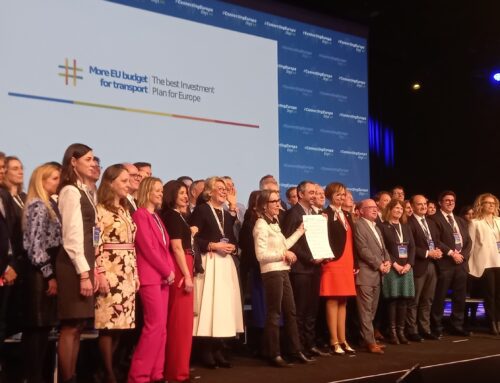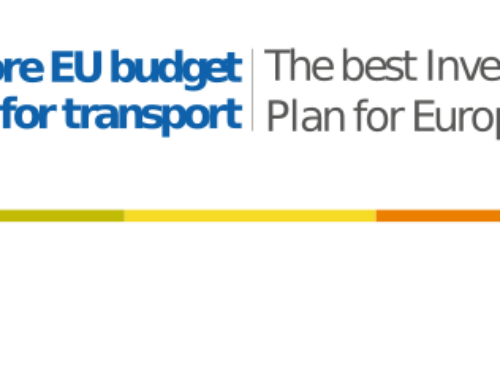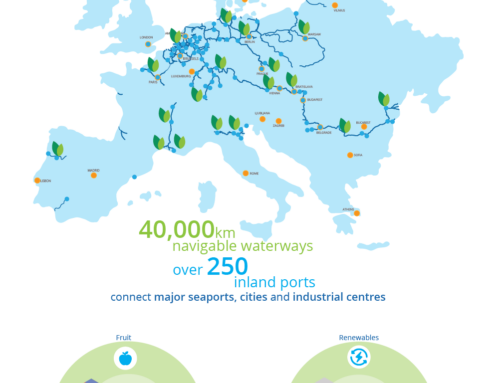This energy transformation is a critical challenge for Rhine and European inland shipping. Identifying and assessing strategies that enable an expedited transition to zero-emissions, as well as the development of technology transition paths for the fleet, are critical factors to include when establishing a realistic and sound roadmap in this context. In this regard, the roadmap should be viewed as the key CCNR tool for combating climate change, promoting energy transition, and contributing to European IWT policy. It builds on the final findings of the CCNR study on the energy transition to a zero-emissions inland navigation industry, as well as extensive interaction with key stakeholders.
It was critical to agree on a scope for this roadmap as well as important definitions to guarantee that all parties involved in the energy transformation of inland navigation were on the same page. At this time, recreational craft, service vessels, and floating equipment were not included. Define emissions as pollutants in the atmosphere and greenhouse gases produced by the operation of an inland navigation vessel’s propulsion and auxiliary systems. Use a “tank-to-wake” approach as a temporary solution until a “well-to-wake” approach for the relevant energy carriers becomes available. The blueprint attempts to describe two fleet transformation scenarios in particular. A more conservative transition path, based on mature technologies that are cost-effective in the short term but have uncertainties about the availability of certain fuels, and a more innovative transition path, based on technologies that are still in their early stages but with more promising emission reduction potential in the long run.
The transition paths also consider the role that various technical solutions will play in the energy transition problem, as well as their applicability for different fleet families in Europe and vessel sailing characteristics. Both transition paths are sufficiently ambitious to accomplish the Mannheim Declaration’s objectives. As a result, a technologically neutral strategy to achieving the energy transition looks to be relevant. Indeed, the financial gap that must be overcome to meet the Mannheim Declaration’s emission reduction goals varies dramatically from one transition pathway to the next, although both are estimated to cost several billion euros.
To meet the challenge of the energy transition to zero emissions, economic, technical, social, and regulatory factors must be considered. Ultimately, the CCNR hopes that this roadmap will aid in the development of a shared vision of the energy transition and the problems that it brings to the inland navigation industry. It is desirable to strengthen its interaction with other actors in the energy transition, particularly the EU, in order to jointly implement the proposed action plan and ensure that measures are suited to the inland navigation sector.
Read key points CCNR roadmap – HERE
Roadmap – HERE
